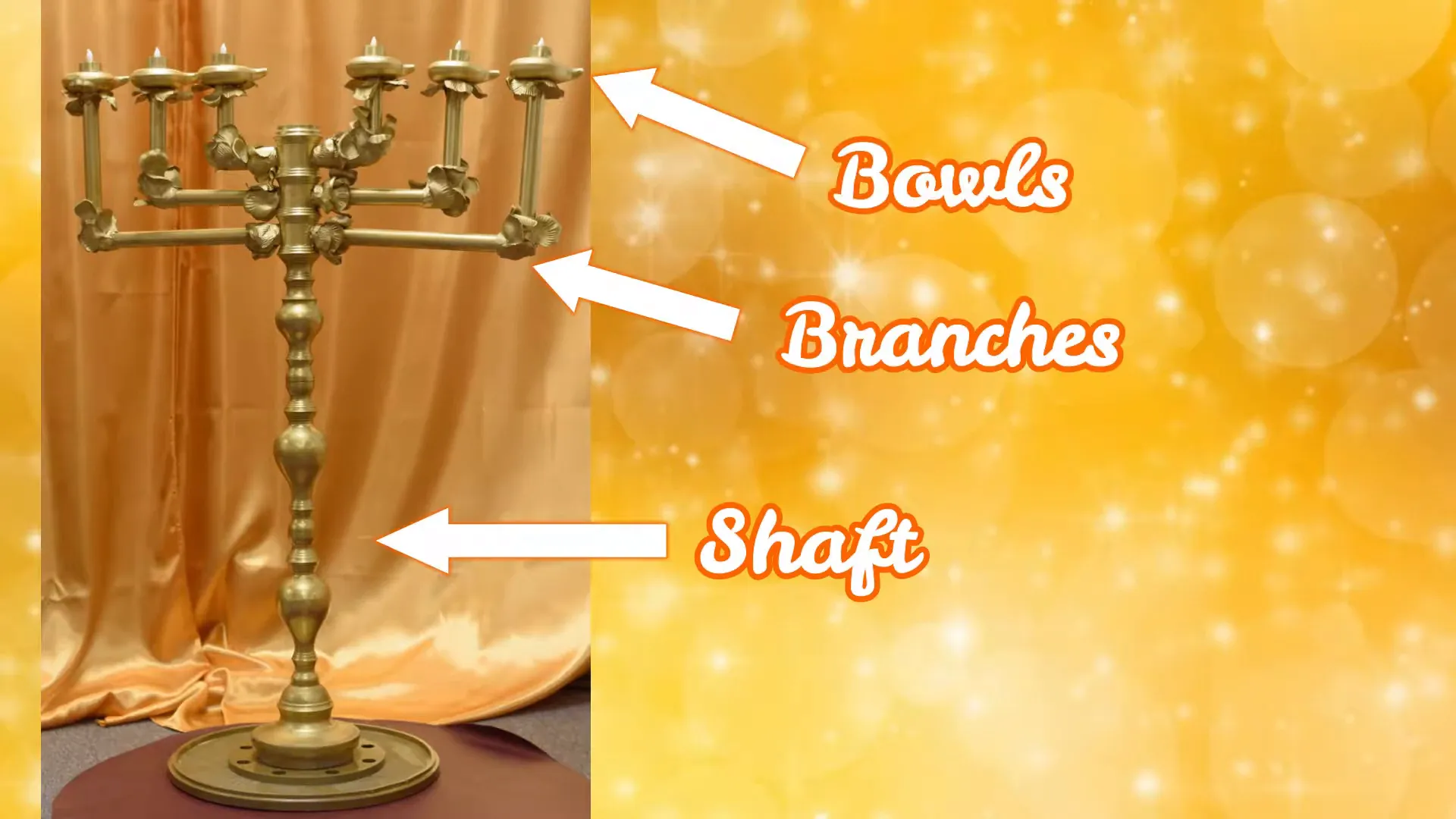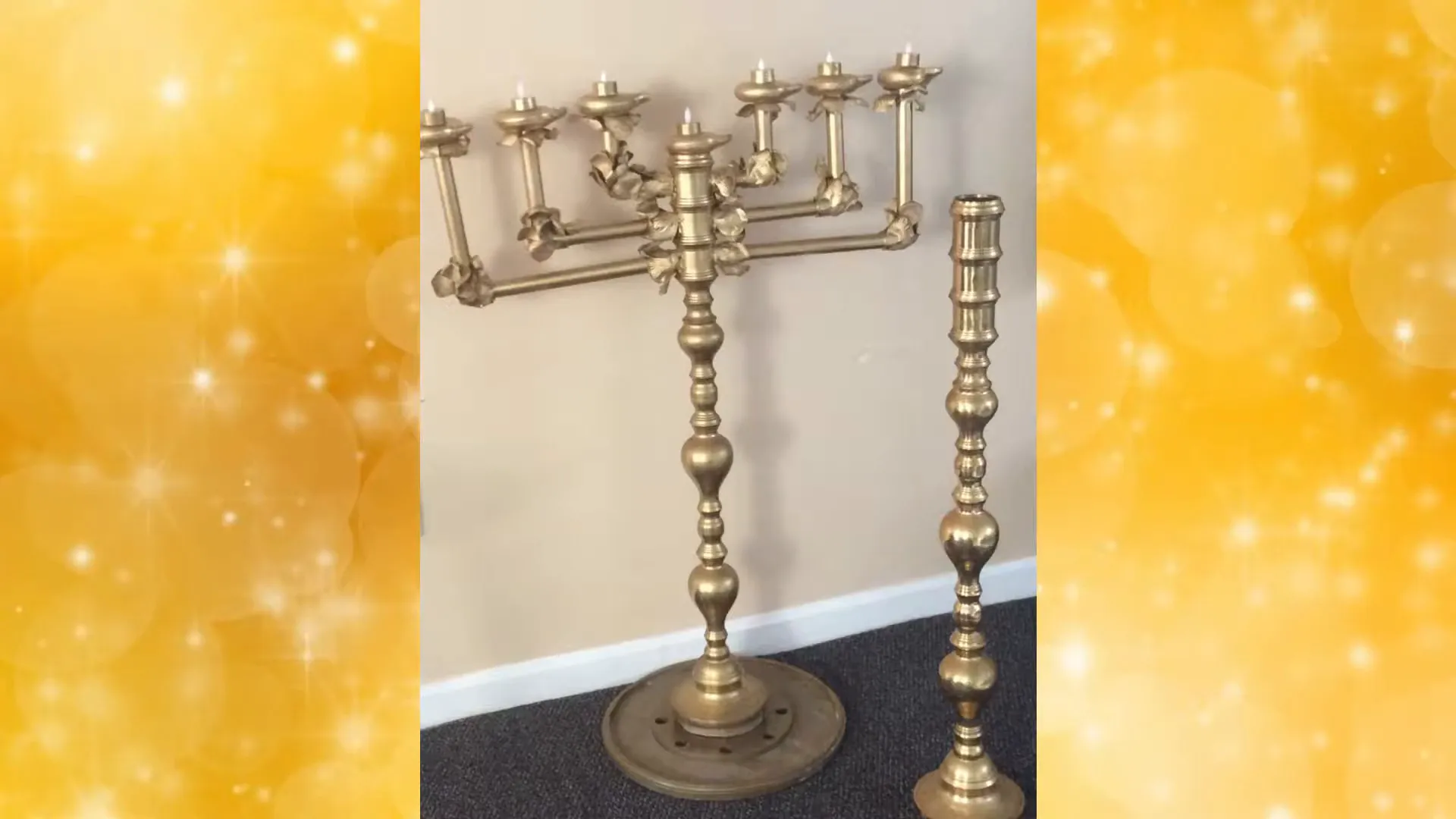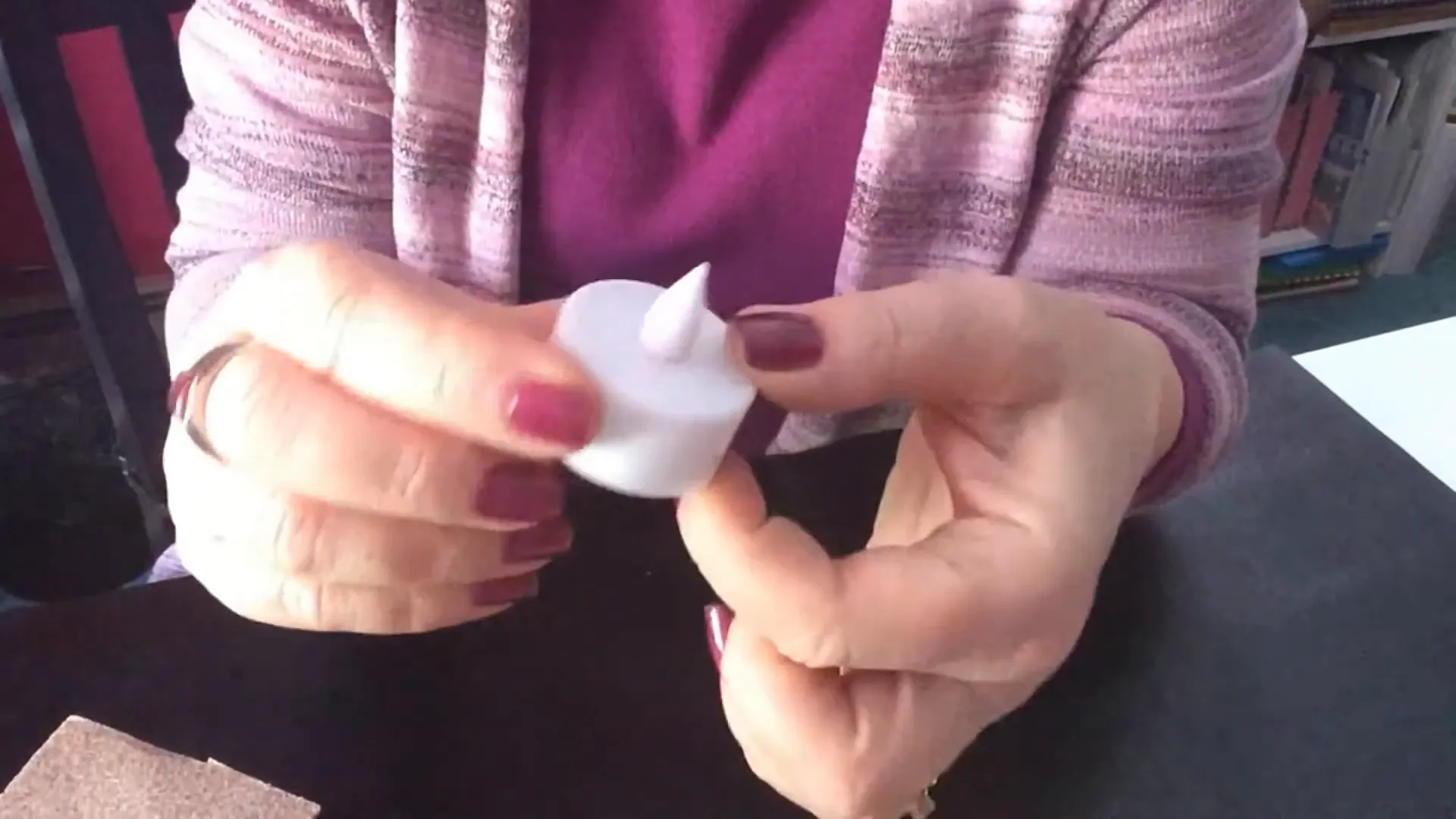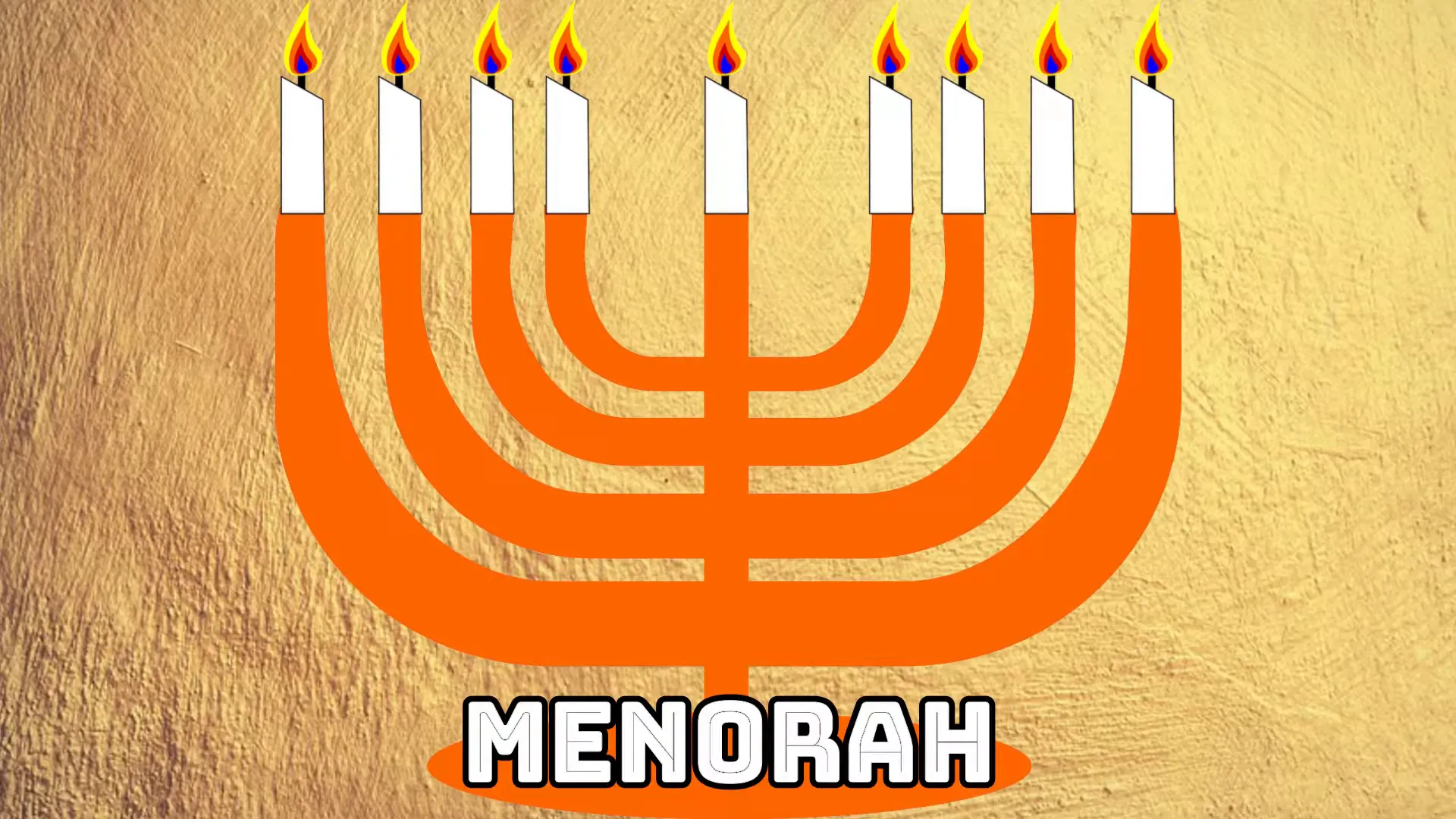Creating Your Own Lampstand
The lampstand holds a special place in the heart of the Tabernacle, serving as the only source of light and representing the glory of God. The priests were tasked with ensuring that the oil lamps burned continuously, symbolizing Jesus as the light of the world in our dark lives, a light that cannot be extinguished.
As we dive into the details, Exodus 25 reveals that the lampstand was crafted from one solid piece of gold, weighing around 125 pounds. Its shaft, branches, and bowls were meticulously hammered and formed. With three branches on each side of the shaft and ornamental knobs shaped like almond blossoms, the lampstand was truly a work of art. Even the wick trimmers and trays were made of pure gold.

Interestingly, the Bible doesn’t provide exact dimensions for the lampstand, which allows us a bit of creative freedom. For instance, I once found a stunning golden candle holder at a yard sale that turned out to be a fantastic statement piece. You might stumble upon something similar at an antique shop or thrift store.
If you can't find a ready-made option, consider using PVC for your lampstand's vertical shaft. We took this approach and drilled holes into the sides of the candlestick, adding 1-inch PVC pipes and elbows to create the branches. The candle holder itself becomes the seventh branch. To add the almond blossoms, we bought fabric blossoms from a craft store, spray-painted them gold, and glued them around the PVC. This not only adds a historically accurate detail but also conceals any unsightly PVC connections.

Because the lampstand can be top-heavy, securing it with a wooden or metal base at the bottom is crucial. Kids can be a bit oblivious to their surroundings, so a stable base will prevent any accidents. Sand the PVC well to ensure your paint adheres properly, and remember to use a super shiny gold paint, just like the other pieces of furniture in the Holy Place.
Exploring Oil Lamps
Now, let’s talk about the oil lamps themselves. You have a few options here. You could shape an oil lamp out of clay and bake it to harden, perhaps even involving your students in this pottery-making project. However, if you're looking for authenticity without the mess, there are clay oil lamps available for purchase online.

Instead of balancing the oil lamps on top of the PVC pipes, we found that gluing dowels to the bottom of the lamps worked best. These dowels should be slightly smaller than the diameter of the PVC pipes, making it easy for them to fit securely.
Some oil lamps come with a candle inside, but that’s not historically accurate, as candles were not invented yet. To avoid the risks of flames around kids, I recommend using battery-operated tea lights. I sanded each tea light and taped off the plastic flame before spray painting them gold. When placed atop the oil lamp, they blend seamlessly and emit just enough light to create a cozy atmosphere.

Menorah vs. Lampstand
As you guide your students, it’s helpful to point out the similarities and differences between the lampstand and the menorah, which they might encounter during Hanukkah. The Hanukkah menorah has eight lights, plus a center helper candle, while the lampstand features six lights and one center light. A quick online image search can provide examples that you can show to your students.

To make learning fun, consider turning this into a game where students identify whether the images are menorahs or lampstands based on the number of lights. Both light sources share a woven history, making it an interesting topic to explore together.
If you need a ready-made lampstand for your lesson, using a menorah is perfectly acceptable, as they are widely available for purchase year-round. Candelabras can also serve this purpose. The key is to have something tangible in front of your students as you teach about the lampstand.
This is Becky from Experience the Bible Creatively, reminding you that props are always better than paper!
Help Your Students Fall in Love With the Bible
Teach the Bible with what you know it can have: powerful, effective, life-changing impact. Whether you’re looking for homeschool Bible curriculum, Christian school classroom curriculum, Vacation Bible School (VBS), or kids Bible study content, we’re here to help your students experience the Bible creatively.
Shop Curriculum